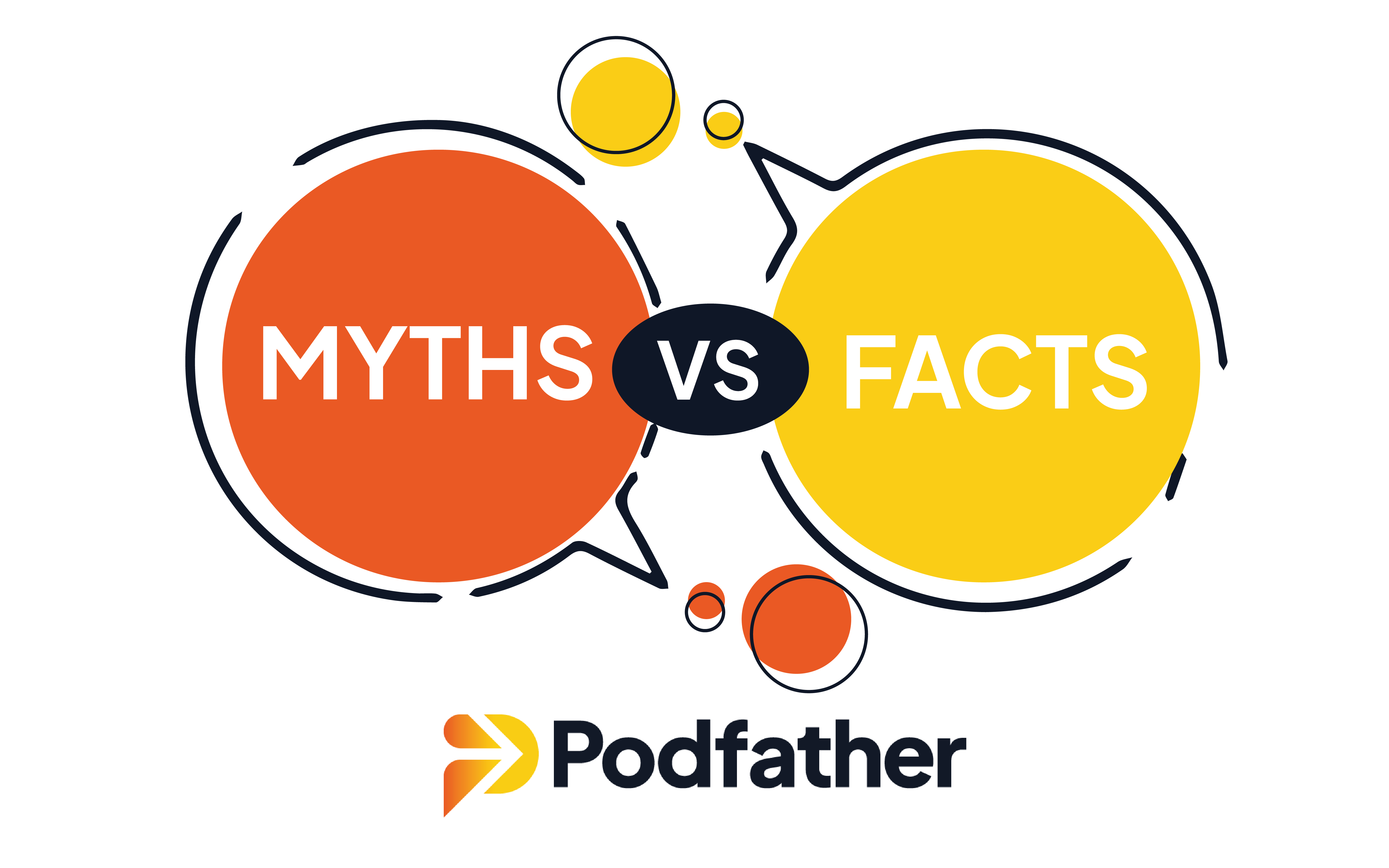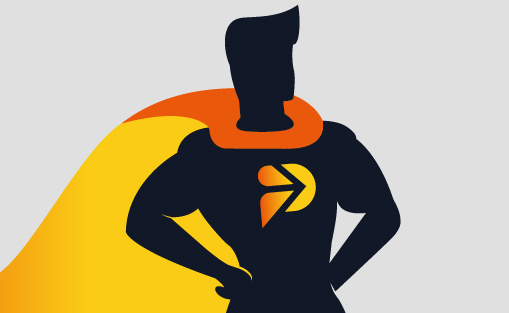Cybersecurity: Podfather busts some of the top myths

As we approach the end of Cyber Security month we wanted to look at some of the common misconception around this business critical topic. So let’s bust some myths...
Myth: I’m not a target because I’m not important
Fact: Cybercriminals don’t just target big companies or high-profile individuals. Most attacks are automated and indiscriminate, looking for easy vulnerabilities in anyone’s system, no matter how small or insignificant they think they are.
Myth: Strong antivirus software is all I need
Fact: While antivirus software is an important layer of defence, it’s not enough by itself. Effective cybersecurity requires multiple layers, including firewalls, encryption, secure passwords, and user awareness.
Myth: Cybersecurity is only an IT problem
Fact: Cybersecurity is everyone’s responsibility. Human error, such as falling for phishing scams, using weak passwords, or mishandling data, is one of the leading causes of breaches. Every individual needs to be vigilant.
Myth: My password is strong enough
Fact: Many people think their password is secure, but using simple passwords, reusing passwords across multiple sites, or not enabling two-factor authentication (2FA) makes you vulnerable. Hackers use sophisticated tools to crack even seemingly complex passwords.
Myth: I’ll know if I’m hacked
Fact: Most cyberattacks go unnoticed for weeks or even months. Hackers often aim to quietly gather information or install backdoors for future access, making it hard to detect the breach until the damage is done.
Myth: Hackers only target large organisations
Fact: Small businesses and individuals are often more vulnerable because they tend to have weaker security systems in place. Cybercriminals often target small organisations because they’re easier to hack and may have valuable data.
Myth: Incognito mode protects my privacy
Fact: Incognito mode in browsers only hides your browsing history from others using your device. It doesn’t make you invisible to websites, your internet service provider (ISP), or cybercriminals.
Myth: Public wi-fi is safe if it’s password-protected
Fact: Public Wi-Fi, even if it’s password-protected, is often insecure. Hackers can set up fake Wi-Fi hotspots or intercept traffic on public networks, which makes activities like banking or shopping online risky.
Myth: I don’t need to worry about cybersecurity on my smartphone
Fact: Mobile phones are just as vulnerable to attacks as computers. With the rise of mobile banking, social media apps, and personal data stored on phones, they’ve become a prime target for hackers. Malware, phishing, and rogue apps can all compromise smartphones.
Myth: Cybersecurity is too expensive
Fact: While some security tools and services can be costly, there are plenty of affordable or even free options that provide significant protection, such as password managers and two-factor authentication. Plus, the cost of a breach is almost always much higher than investing in basic cybersecurity.
Myth: Only outdated systems get hacked
Fact: While outdated software does increase vulnerability, even the most up-to-date systems can be hacked if they’re not properly secured. Social engineering, phishing, and human error remain leading causes of breaches, regardless of how updated the systems are.
Myth: Cybersecurity is just about preventing hacks
Fact: Cybersecurity is not only about prevention but also about detecting threats, responding to incidents, and recovering from attacks. Having a well-rounded plan for how to handle a breach is just as important as preventing one.
Myth: Once I’m hacked, there’s nothing I can do
Fact: While being hacked can cause damage, there are steps you can take to minimise the impact. This includes quickly resetting passwords, contacting affected parties (such as your bank), and ensuring that you have backups of important data.
Myth: Cyberattacks only come from external hackers
Fact: While external threats are common, insider threats, whether malicious or accidental, are just as dangerous. Employees misusing data, clicking on phishing links, or using weak passwords can expose organisations to major security risks.
These myths can lead to serious cybersecurity vulnerabilities, but awareness and proactive steps can help protect individuals and organisations from becoming victims.


